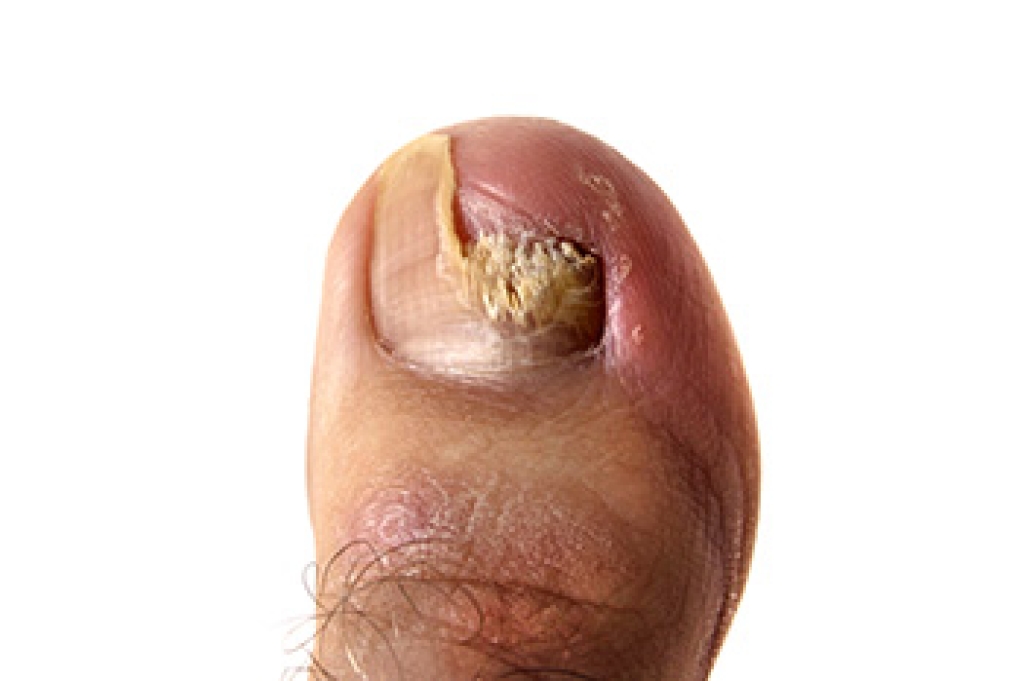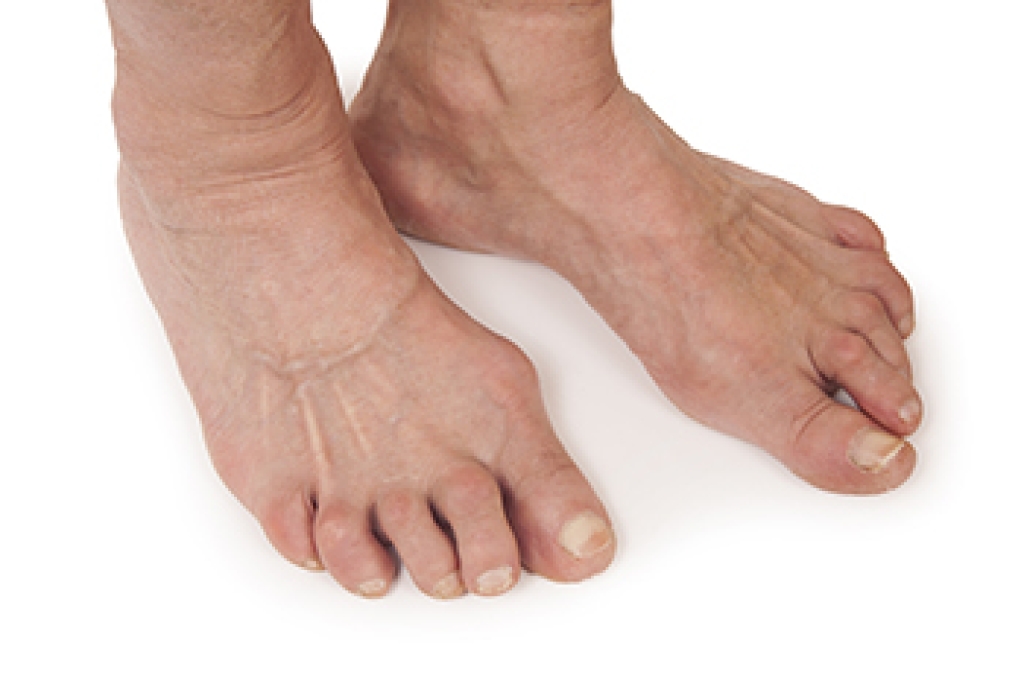
Toenail fungus is a common condition caused by fungal organisms that thrive in warm, damp environments, such as shoes, locker rooms, and public showers. It often begins as a small discoloration and may look yellow, white, or brown, with nails becoming thick, brittle, crumbly, or distorted, over time. Some people notice an unpleasant odor or debris under the nail. Toenail fungus may feel uncomfortable, sensitive, or painful, especially when pressure is applied from footwear, although it can also be painful in early stages. A podiatrist can help from the start by examining the nails, confirming the diagnosis through testing when needed, and ruling out other nail disorders. Treatment options may include topical medications, professional nail care, and guidance on foot hygiene to prevent recurrence. Early treatment can improve nail appearance and comfort while limiting spread. If you have symptoms of toenail fungus, it is suggested that you schedule an appointment with a podiatrist for appropriate treatment solutions.
If left untreated, toenail fungus may spread to other toenails, skin, or even fingernails. If you suspect you have toenail fungus it is important to seek treatment right away. For more information about treatment, contact Alice Kim, DPM of 101 Foot and Ankle. Our doctor can provide the care you need to keep you pain-free and on your feet.
Symptoms
- Warped or oddly shaped nails
- Yellowish nails
- Loose/separated nail
- Buildup of bits and pieces of nail fragments under the nail
- Brittle, broken, thickened nail
Treatment
If self-care strategies and over-the-counter medications does not help your fungus, your podiatrist may give you a prescription drug instead. Even if you find relief from your toenail fungus symptoms, you may experience a repeat infection in the future.
Prevention
In order to prevent getting toenail fungus in the future, you should always make sure to wash your feet with soap and water. After washing, it is important to dry your feet thoroughly especially in between the toes. When trimming your toenails, be sure to trim straight across instead of in a rounded shape. It is crucial not to cover up discolored nails with nail polish because that will prevent your nail from being able to “breathe”.
In some cases, surgical procedure may be needed to remove the toenail fungus. Consult with your podiatrist about the best treatment options for your case of toenail fungus.
If you have any questions please contact our office located in Camarillo, CA . We offer the newest diagnostic and treatment technologies for all your foot and ankle needs.




